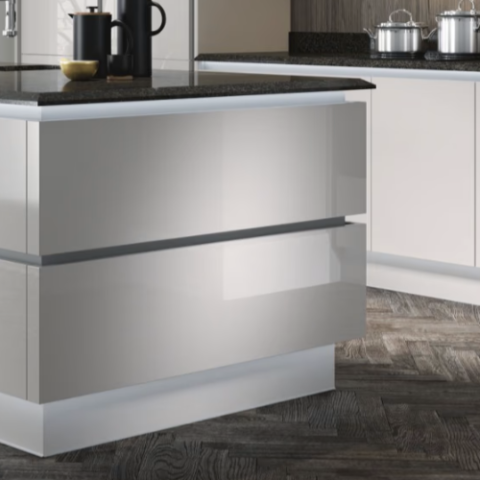Imitate: Nature In The City
By Catarina Wilk
Our world is full of beautiful treasures and we do all agree that our environment is precious.
In times when natural disasters, pollution and earth’s global warming are strongly knocking on our doors, we do all have to care about our earth; our future.
In this respect, a small step in the right direction is definitely to incorporate more renewable energies into our lives, but when thinking of renewable energies, most of us might think of bulky, grey and not very aesthetic wind turbines and those kind of things that do not really fit into our environment.
However, today we look at innovative ways and methods that blend in beautifully with our nature and make them almost invisible (hint: imitate!).
To start off, ’Clover’, by the award-winning French designer Mathieu Lehanneur, “is a series of ‘trees’ encompassing energy, functions and materials. The designer himself describes his invention as ’hybrid objects par excellence, combining light and seating, wood and solar panels, town and country’. In 2012, the designer’s installation ’Digital Break’, WiFi stations that remind of little gardens in the city Champs Elysée Avenue in Paris, could be described as little green islands set up in a vibrant city which literally scream ’take a break from the stressful city life’.
In this respect, it is noteworthy that Lehanneur does not only create amazing installations but also bears humans’ overall well-being and everyday life in mind as this is a matter close to the designer’s heart.
Strikingly, Mathieu Lehanneur’s design is an example of combining innovation and technology with design and art at the same time while also imitating natural phenomenons in a way.

‘Clover’ series by Mathieu Lehanneur

‘Clover’ series by Mathieu Lehanneur
In short, the series ’Clover’ is solar-powered street furniture that consists of a wooden bench shaped of a tree stub and a tree-like street lamp. Each “tree“ derives energy from solar panels in order to transform this energy and to make it accessible for public use. It does not only provide light but there is also “a small hatch … where passers-by can charge their smartphones.“
‘It [Clover] is a new living species – both wild and domestic, natural and technological’ – Mathieu Lehanneur
To follow the common thread, another designer’s work that is worth mentioning due to its creative approach regarding solar-powered innovations is “The light tree“ by Omar Huerta. To be precise, his innovation is a nature-inspired street light that even grows real plants.

“The light tree” by Omar Huerta
His concept is simple. “The light tree“ derives its power by renewable solar energy. Several LEDs at the base of the tree generate light and as soon as the sun goes down the tree lights up completely green. On top of that, Omar Huerta’s solar-powered trees grow hydroponic plants which add a touch of nature to rather boring and grey city roads.
All in all, dealing with such a difficult topic does not always have to be extremely serious. These two examples are not only a pleasure to look at, but also show quite well that innovation does not exclude creativity or design.





